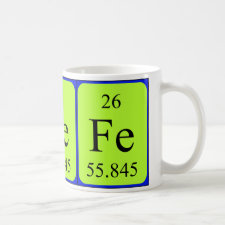
Authors: Djunaidi M, Pardoyo
Publication date: 2017
Article title: Role of Number of Imprinted Cavity on the Selectivity of the Imprinted Polymer
Source: Advanced Science Letters
Volume: 23
Issue: (7)
Page numbers: 6506-6512
Abstract: Research on the effect of the number of imprinted cavities on the mechanisms of the selectivity of the imprinted polymer method was conducted. These imprinted materials studied were based on eugenol as a functional monomer while PEGDE (Polyethylene Glycol Diglycidyl Ether) and EDMA (Ethylene Glycol Dimethacrylate) used as cross linker. The first step of synthesis of material was by interacting the ion template Fe(III) on polyeugenol and polyeugenoxi acetate. The next step was locking the complex with cross linker PEGDE (polyeugenol) or EGDMA (polyeugenol and polyeugenoxi acetate). The macropolymer formed were then eliminated its Fe(III) using an acid to formed Ionic Imprinted Polymer (IIP). The IIP formed was then analyzed by SEM EDX to determine concentration of Fe (III) in the polymer. The results obtained show that the concentration of the Fe (III trapped in macropolymer was 1.5% in the interacted step with template. After being released by acid, 0.15; 0.6; 1.03; 1.06% of Fe (III) were still remaining in the polymer. The smaller the number of Fe (III) remaining in polymer, it can be expected that many imprinted cavity was formed. The more imprinted cavity formed, it can be obtained the higher degree of selectivity of adsorption
Template and target information: iron ion, Fe(III), ferric ion
Author keywords: eugenol, Imprinted Cavity, imprinted polymer, selective adsorption



Join the Society for Molecular Imprinting

New items RSS feed
Sign-up for e-mail updates:
Choose between receiving an occasional newsletter or more frequent e-mail alerts.
Click here to go to the sign-up page.
Is your name elemental or peptidic? Enter your name and find out by clicking either of the buttons below!
Other products you may like:
 MIPdatabase
MIPdatabase









